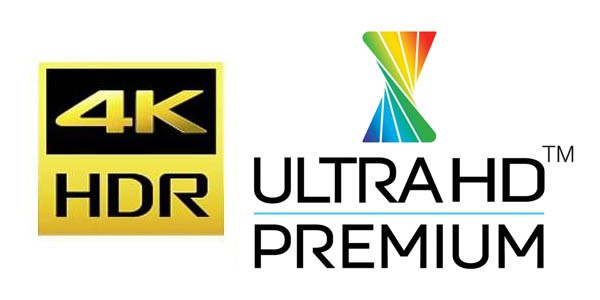 In just a month or so, the 2016 Sony TVs will be arriving and when they do land, they’ll be using Sony’s own 4K HDR branding, versus the industry-consented UHD Premium logo. It’s worth noting that the UHD Premium logo was created by a body of leading 4K manufacturers (think like the Blu-ray association) which Sony is a part of. This has led many to think that Sony’s 4K HDR TVs aren’t up to the specs set by the group. Not so, says Sony.
In just a month or so, the 2016 Sony TVs will be arriving and when they do land, they’ll be using Sony’s own 4K HDR branding, versus the industry-consented UHD Premium logo. It’s worth noting that the UHD Premium logo was created by a body of leading 4K manufacturers (think like the Blu-ray association) which Sony is a part of. This has led many to think that Sony’s 4K HDR TVs aren’t up to the specs set by the group. Not so, says Sony.
We have chosen not to use the UHD Premium Logo and use our own 4K HDR logo instead which will signify HDR compatibility across a number [of] different categories.
Further comments from Sony after the jump.
The XD94/93 series meets the equivalent ‘UHD Premium’ criteria, such as brightness, contrast, and color gamut and overachieves the 1,000nit in peak brightness requirement.
It’s hard to get a read on this. While it could be purely corporate spin, it also makes sense, seeing how you can’t put UHD Premium on say a Blu-ray movie but can put 4K HDR on it if the film supports it. With 4K HDR branding, it’s far more clear to the consumer that the TV, Blu-ray player or Blu-ray movie they’re looking to purchase supports 4K HDR and it’s a terminology that they’ll soon be hearing more about.
As far as I’m concerned, 4K HDR is visually a cleaner logo visually that states what sets that device apart from something else. UHD Premium could mean anything.
Discuss:
Do you think Sony is spinning the real reason or does their reasoning make sense?

You must be logged in to post a comment.